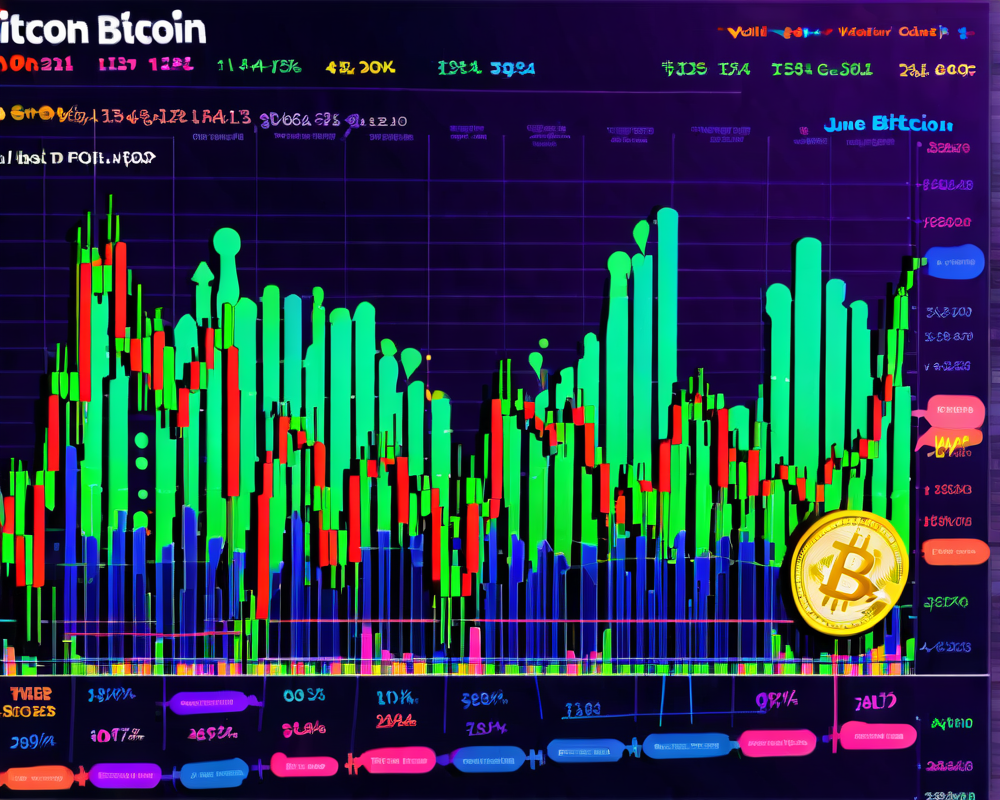Overview of the Proposed Legislation
Republican lawmakers on the United States House Financial Services Committee have recently put forth a new draft bill focused strictly on payment stablecoins, signaling a concentrated effort to regulate a specific aspect of the digital asset landscape. This shift comes after the committee took feedback from various lawmakers into account, streamlining the initial draft proposed in September 2022.
Key Features of the Draft Bill
The bill delineates the responsibilities of the Federal Reserve, which would oversee non-bank stablecoin issuers. To qualify as a payment stablecoin issuer, non-bank entities must meet certain federal requirements, even if they operate under a state charter.
- One-to-One Reserve Requirement: Issuers must maintain reserves backing their stablecoins on at least a one-to-one basis.
- Priority in Insolvency: In case of insolvency, holders of payment stablecoins will have priority claims over all other creditors.
- No Algorithmic Stablecoin Ban: The new draft does not include the previously proposed two-year ban on algorithmic stablecoins, a notable change given the recent turmoil in that space.
Political Landscape and Reactions
The reaction to the draft has been mixed. While the bill aims to foster regulation that aligns with both sides of the aisle, Financial Services Committee ranking member Maxine Waters previously critiqued earlier drafts for not embodying a bipartisan compromise. This iterative process reflects the ongoing challenge of crafting legislation that satisfies diverse political interests.
Impact of Recent Regulatory Actions
The timing of this draft is crucial, as stablecoins have come under intensified scrutiny from regulators. Recent actions by the U.S. Securities and Exchange Commission against Paxos regarding Binance USD (BUSD) highlight the regulatory pressures faced by these digital assets. Moreover, recent market events, such as the temporary depegging of USD Coin (USDC) following the collapse of the Silicon Valley Bank, have reiterated the urgent need for clearer regulatory frameworks.
Future Implications and Next Steps
Moving forward, the bill will require approval from both the House and Senate before reaching President Biden for final endorsement. As lawmakers continue to navigate the complex waters of digital asset regulation, bipartisan efforts like this one may pave the way for a more harmonious approach to managing the challenges presented by stablecoins.




